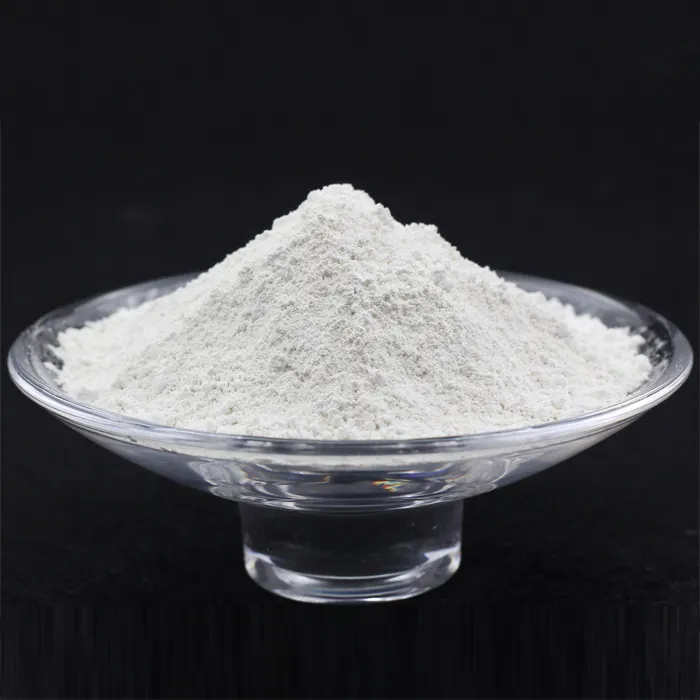Understanding the API Pharma Manufacturing Process
Active Pharmaceutical Ingredients (APIs) play a crucial role in the pharmaceutical industry, serving as the primary substances responsible for the intended therapeutic effects of medications. The manufacturing of APIs is a complex and tightly regulated process to ensure the safety, efficacy, and quality of the final pharmaceutical products. This article delves into the key steps involved in the API manufacturing process, highlighting the importance of each stage and the regulatory frameworks that govern these activities.
1. Research and Development
The journey of API manufacturing begins in the research and development (R&D) phase, where scientists identify potential drug candidates based on promising chemical compounds. In this stage, considerable effort is directed toward understanding the pharmacological properties, mechanisms of action, and potential therapeutic uses of these compounds. The goal is to develop a robust and scalable synthetic route before moving to pilot and commercial production.
2. Synthesis of APIs
The synthesis phase is where the actual production of APIs takes place, typically through two main methods chemical synthesis and biotechnological processes.
- Chemical Synthesis This traditional method involves a series of chemical reactions to construct the API from raw materials or precursors
. The process may include steps such as condensation, hydrolysis, and purification to yield the desired compound.- Biotechnological Processes With advancements in biotechnology, APIs can also be produced using living organisms or enzymes. This involves fermentation processes or biocatalysis, which can be more environmentally friendly and yield more complex molecules than traditional chemical methods.
Regardless of the method used, the synthesis process must be strictly controlled to ensure high yields, purity, and compliance with predetermined specifications.
3. Purification and Quality Control
api pharma manufacturing process

Once the API is synthesized, it undergoes purification to remove impurities, by-products, and unreacted starting materials. Several techniques are employed during this stage, such as crystallization, filtration, and chromatography. The goal is to obtain a final product that meets the stringent purity and quality standards set by regulatory bodies.
Quality control (QC) plays an integral part at this stage. Analytical techniques, including High-Performance Liquid Chromatography (HPLC), Mass Spectrometry (MS), and Nuclear Magnetic Resonance (NMR), are applied to confirm the identity, potency, and purity of the API. Comprehensive QC testing is vital, as it directly impacts the safety and effectiveness of the final pharmaceutical formulation.
4. Compliance with Regulatory Standards
The manufacture of APIs is governed by stringent regulatory requirements set forth by organizations such as the Food and Drug Administration (FDA) in the United States and the European Medicines Agency (EMA) in Europe. Manufacturers must comply with Good Manufacturing Practices (GMP), which outline guidelines for quality assurance throughout the production process.
GMP standards focus on various aspects of production, including personnel training, equipment maintenance, validation of processes, and documentation. Compliance ensures that APIs are produced consistently to high quality and safety standards, reducing risks associated with contamination and variability in pharmaceutical products.
5. Packaging and Storage
After quality control, the API is carefully packaged to protect it from environmental factors such as moisture, light, and temperature, which can affect the stability and shelf life of the product. Proper labeling containing essential information is applied to the packaging, including storage conditions and expiry dates.
Storage conditions are also critical; APIs must be stored in designated environments that adhere to specific temperature and humidity levels to maintain their integrity until they are used in final product formulations.
Conclusion
The process of API manufacturing is an intricate and highly regulated endeavor that is essential for the development of safe and effective medications. From initial research to final product quality control, each step requires precision, expertise, and strict adherence to regulatory standards. As the pharmaceutical landscape evolves, continuous improvements and innovations in API manufacturing will play a pivotal role in advancing global health outcomes and ensuring access to essential medicines.

